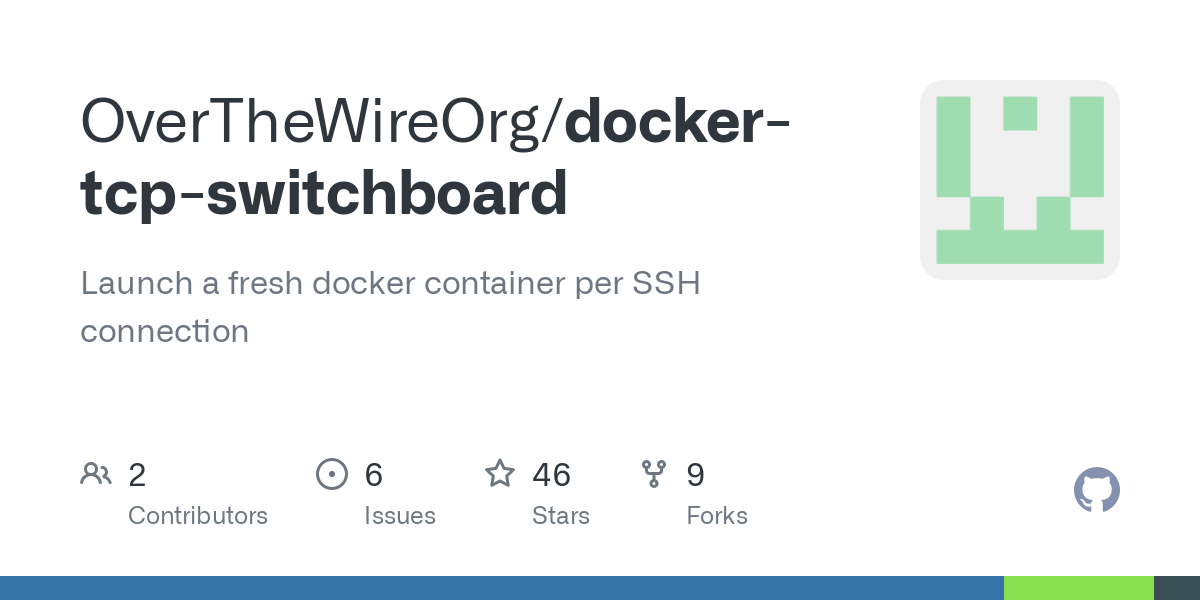

The solution to what you want is not to analyze the code projects automagically, but rather to run them in a container/virtual machine. Running them in an environment which restricts what they can access limits the harm an intentional — or accidental bug can do.
There is no way to automatically analyze code for malice, or bugs with 100% reliability.





Because forgejo’s ssh isn’t for a normal ssh service, but rather so that users can access git over ssh.
Now technically, a bastion should work, but it’s not really what people want when they are trying to set up git over ssh. Since git/ssh is a service, rather than an administrative tool, why shouldn’t it be configured within the other tools used for exposes services? (Reverse proxy/caddy).
And in addition to that, people most probably want git/ssh to be available publicly, which a bastion host doesn’t do.